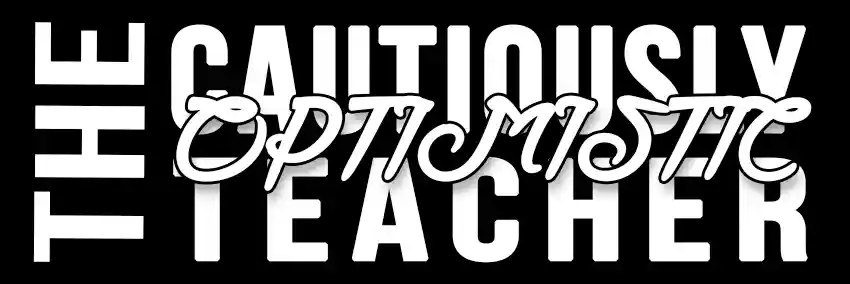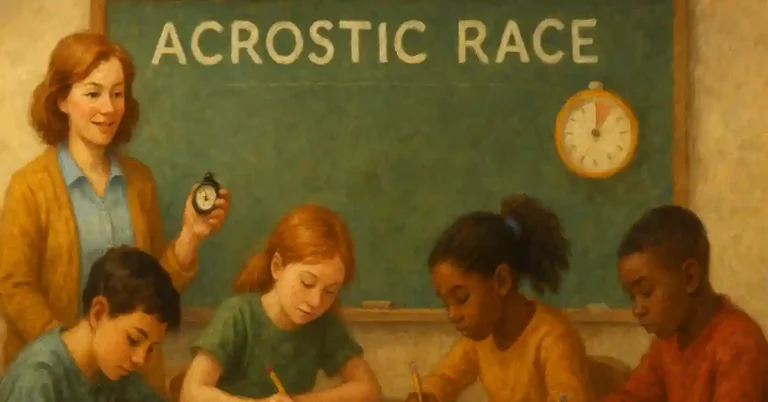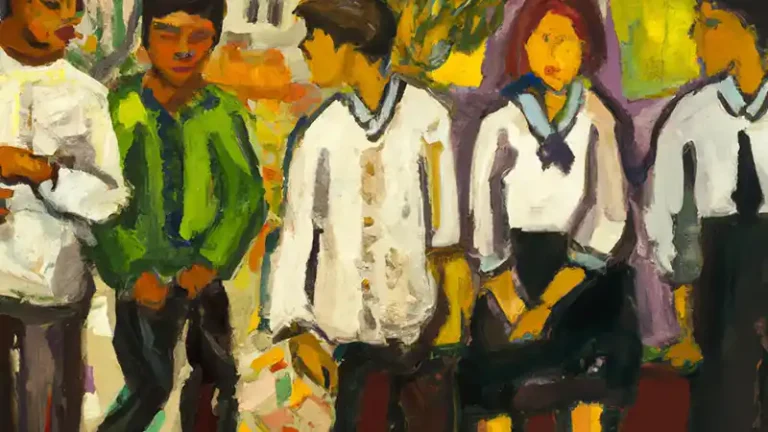Story to Poem Lesson Plan: Turning Tales into Poetry
I’ve always loved watching students experience that lightning-bolt moment when a text suddenly feels alive in their hands. The Story to Poem activity delivers those moments in bunches. By asking learners to remodel a piece of prose into verse, we press all the right buttons at once: close reading, inference, figurative language, creative risk-taking, and performance skills. Better still, it’s endlessly adaptable. Whether I’m teaching Grade 5s their first haiku or coaxing high-school seniors through villanelles, this strategy scales beautifully. In today’s post I’ll walk you through my complete Story to Poem lesson plan—from choosing the right stories to showcasing the finished poems—so you can bring the magic to your own classroom.
Why Convert a Story to a Poem?
Deepened Comprehension – To distill a narrative’s heart into fewer words, students must truly “get” the plot, conflict, and emotional stakes.
Textual Analysis – Pinning down tone, theme, and climactic turning points trains learners to read like writers.
Creative Flexibility – Poetry’s toolbox (line breaks, rhythm, imagery) invites experimentation and amplifies student voice.
Cross-Genre Confidence – Navigating from story to poem demystifies genre boundaries and encourages future genre-blending projects.
Learning Objectives
By the end of this lesson, students will be able to:
Summarize the key events, themes, and emotions in a short narrative.
Translate those elements into an original poem that captures the story’s essence.
Apply at least one poetic device (imagery, metaphor, rhythm, or structure) effectively.
Offer constructive feedback during peer review and refine their work accordingly.
Curriculum links include reading comprehension, writing process, oral communication, and media literacy (if you publish the poems digitally).
Materials & Preparation
A set of short stories (500–1,500 words) with diverse themes and difficulty levels.
Highlighters, sticky notes, or digital annotation tools.
Poetry reference sheets (forms, devices, rhyme schemes).
Optional: audio recorder or video app for performance, visual art supplies for illustrated broadsides.
Tip: Pre-read the stories and flag passages that showcase tone or turning points. These hotspots become natural launchpads for the poem later.
The Story to Poem Lesson Plan
1. Ignite Curiosity (10 minutes)
Read the opening paragraph of one story aloud. Pause and ask: “Which emotion hits you first?” Note the reactions on the board. I like to dramatize the reading—nothing wakes up a Monday morning class faster.
2. Distribute Stories (5 minutes)
Hand out (or assign digitally) a different story to each student or small group. Encourage variety; contrasting genres spark richer classroom discussions.
3. Rapid Comprehension Check (10 minutes)
Students skim-read, then jot down:
Main character
Central conflict
Climactic moment
Underlying mood/atmosphere
Remind them the list isn’t for marks—just scaffolding for their poem.
4. Spotlight the Essentials (15 minutes)
Guide learners in “gold-panning” their narrative:
Emotion Nuggets – What feeling dominates the story?
Pivotal Image – Is there a symbol or setting that screams to be immortalized?
Surprising Twist – Where does the energy spike?
Encourage them to highlight text that embodies these elements.
5. Mini-Lesson on Poetic Choices (15 minutes)
I demo three quick options, each using the keyword phrase Story to Poem in context:
Free Verse – Maximum freedom; great for first attempts.
Haiku – Forces ruthless condensation, the purest form of story to poem fitness training.
Blackout Poetry – Physically erasing words from the story page to let a hidden poem shine.
Model a 30-second example so they see the leap from narrative line to poetic line.
6. Drafting the Poem (20–30 minutes)
Students craft a first draft, keeping copies of the story beside them. Encourage sensory language—ask, “If the plot smelled like something, what would that be?” This playful prompt keeps the Story to Poem journey grounded in vivid detail.
7. Peer Review Workshop (15 minutes)
Pairs trade poems and answer three questions:
Does the poem reflect the original story’s essence?
Which line or word hits hardest?
What’s one suggestion to tighten imagery or rhythm?
Because feedback is bite-sized, even reluctant critics stay on task.
8. Revision & Title Time (10 minutes)
Students revise based on peer notes and give their poem a title. I challenge them to weave the keyword phrase subtly—e.g., “A Story to Poem Dream”—boosting our blog’s SEO whenever samples appear online.
9. Performance Showcase (15 minutes)
Poetry deserves an audience. Host a classroom reading, open-mic style, or record quick clips for a private class podcast. Applause is mandatory; critique comes later on written rubrics.
10. Reflect & Self-Assess (10 minutes)
Finish with a short reflection: “What was hardest about shrinking a story to a poem? What surprised you?” These reflections double as formative assessment evidence.
Differentiation Strategies
Emerging Readers – Pair with a stronger peer, use picturebooks, or allow blackout poetry exclusively.
English-Language Learners – Provide story summaries and vocabulary banks beforehand. Allow bilingual poems.
Advanced Writers – Challenge them to match poem structure to story theme (e.g., use a sonnet’s volta to echo a plot twist).
Assessment Ideas
I keep evaluation light so creativity thrives. Consider:
Rubric (holistic, 4-level scale) focusing on comprehension, creativity, poetic technique, and presentation.
Conference – Brief one-on-one chats where students explain their artistic choices.
Portfolio Entry – Add the poem and reflection to their writing portfolio, tracking growth over time.
Extensions & Enrichment
Illustrated Broadsides – Pair the poem with student artwork; display them gallery-style in the hallway.
Digital Booklet – Compile poems in an e-zine using Canva or Google Slides and share with parents.
Music Fusion – Invite the school band to set a selection of poems to music, underscoring the Story to Poem connection.
Cross-Curricular Twist – In history class, convert primary-source letters into found poetry. Science class? Turn a lab report into a lyrical ode to photosynthesis. (Yes, it’s hilarious—and memorable.)
Common Pitfalls & How I Dodge Them
Over-Summarizing – Some students rewrite the story in shorter prose. I counter with the mantra “Images, not paragraphs.”
Form Paralysis – A rigid rhyme scheme can freeze creativity. Offer free verse as a safety net.
Volume Creep – Longer poems aren’t necessarily deeper. I cap line counts: elementary (10 lines), secondary (20 lines).
Final Thoughts
Watching a class transform tales into verse feels like seeing literary alchemy in real time. Students leave the room buzzing—aware they can bend genre rules and trust their interpretive instincts. If you try this Story to Poem lesson, let me know how it lands. Share a favorite student line in the comments or tag me on social media with #StoryToPoem. Who knows? Your learners’ words might inspire the next great poetic remix.







